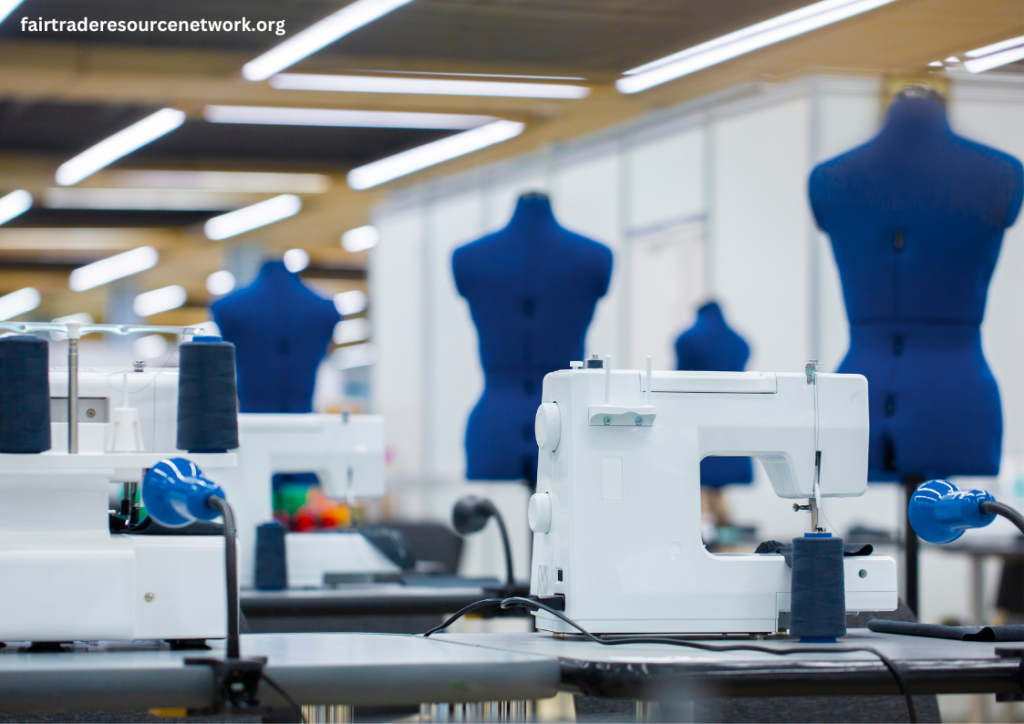
In a world where fashion trends change faster than seasons, fair trade fashion has been a breath of fresh air. Fair trade practices, rooted in ethical principles, have been evolving in the fashion industry over the years. This evolution is not only reshaping the way consumers perceive fashion but also challenging traditional norms in the industry.
This article delves into the growth of fair trade practices in fashion, their challenges, and the exciting opportunities they offer.
The Birth of Fair Trade Fashion
Fair trade fashion emerged as a response to the exploitation and inequalities pervasive in the conventional fashion industry. It seeks to promote ethical manufacturing practices, ensure fair wages, and improve the working conditions of artisans and workers producing clothing, footwear, and accessories.
The roots of fair trade fashion can be traced back to the early 20th century when labor unions and human rights activists began to voice concerns over sweatshops and exploitative labor practices. However, it was in the late 20th century that the movement gained traction and was formalized through various certifications, such as Fair Trade International and the Global Organic Textile Standard (GOTS).
The Rise of Consumer Awareness
One of the most significant contributors to the evolution of fair trade fashion has been the increasing awareness among consumers. In an era of heightened social consciousness, consumers have started demanding transparency and ethical practices from the brands they support. This awareness has led to a shift in consumer behavior, with more people opting for fair trade products.
Consumers now realize that their choices have the power to make a difference. They understand that by buying fair trade fashion, they are not only acquiring a unique piece but also supporting artisans, farmers, and workers who often come from marginalized communities.
Challenges Faced by Fair Trade Fashion
While fair trade fashion has come a long way, it still faces several challenges in its evolution. Some of these challenges include:
- Costs: Producing fair trade fashion often requires more resources, leading to higher costs. This can be a hurdle for consumers accustomed to fast fashion’s low prices.
- Limited Availability: Fair trade fashion is less readily available than conventional fashion. This limits consumer choices and may require more effort to find ethical alternatives.
- Consumer Education: Many consumers still need to learn about what fair trade fashion is and why it matters. Education and awareness campaigns are essential to overcome this challenge.
- Supply Chain Complexity: Ensuring that every step of the supply chain adheres to fair trade principles can be challenging, especially for large brands with intricate supply networks.
- Certification Processes: Obtaining fair trade certifications can be cumbersome and expensive, especially for smaller, artisanal brands.
Opportunities for Fair Trade Fashion
While the challenges are real, there are several exciting opportunities for fair trade fashion:
- Growing Consumer Base: As more consumers become conscious of ethical and sustainable practices, the market for fair trade fashion is expanding. Brands that embrace this shift are likely to thrive.
- Innovation in Materials: The fashion industry is witnessing innovations in sustainable materials, such as organic cotton, recycled fibers, and plant-based dyes. Fair trade fashion can leverage these materials to create environmentally friendly products.
- Collaborations and Alliances: Brands, organizations, and artisans can form collaborations and alliances to streamline the fair trade supply chain, making it more efficient and accessible.
- Online Platforms: E-commerce and online marketplaces have made it easier for fair trade fashion brands to reach a global audience. This helps in reducing the geographical limitations of fair trade products.
- Evolving Marketing Strategies: Brands can use their commitment to fair trade fashion as a marketing tool to attract consumers. This not only increases brand appeal but also educates consumers about the importance of ethical fashion.
Examples of Fair Trade Fashion Brands
Let’s explore a few success stories that showcase the evolution of fair trade fashion.
- People Tree: People Tree, a pioneer in fair trade fashion, has been instrumental in the movement’s growth. Established in 1991, this UK-based brand collaborates with artisans and farmers in developing countries to manufacture beautiful, sustainable garments. By creating demand for fair trade fashion, they have shown that ethical practices can be profitable.
- Patagonia: While Patagonia is more known for its outdoor gear, the company has made significant strides in promoting fair trade practices. They offer a range of fair trade-certified clothing, helping consumers embrace ethical choices without compromising style or quality.
- Eileen Fisher: Eileen Fisher is a high-end fashion brand embracing fair trade and sustainable practices. They focus on transparency and traceability, allowing consumers to know where their clothes are made and who made them.
